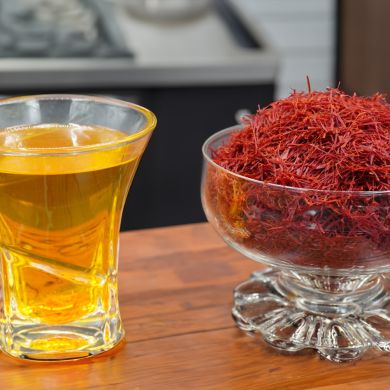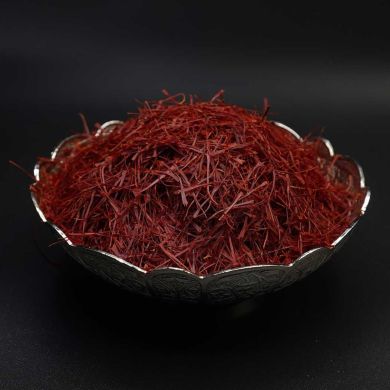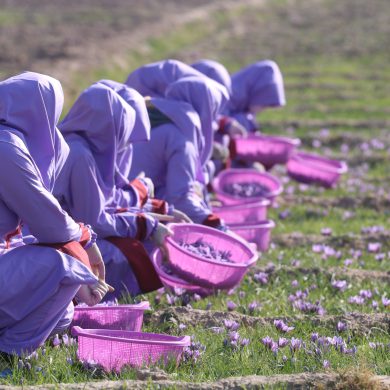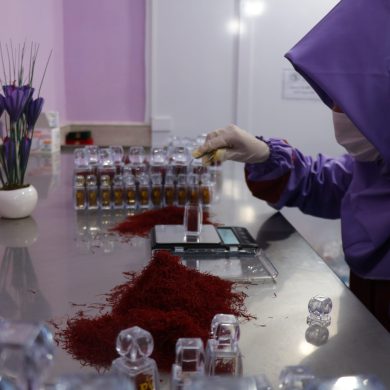No products in the cart.
Return To ShopAustralia’s Saffron Market: Current Value, Trends, and Growth Potential
As of 2023, Australia has emerged as one of the key players in the global saffron trade. With saffron imports reaching $2.18 million USD in 2022 alone, and growing consumer demand in culinary, wellness, and beauty sectors, Australia is poised for a saffron boom. In this article, we explore the current value of the Australian saffron market, its global context, and why now is the best time for chefs, wholesalers, and wellness entrepreneurs to invest in high-quality saffron.
Global Saffron Market Overview
Globally, saffron was valued at $1.16 billion USD in 2023 and is expected to grow at a 6.55% CAGR (Compound Annual Growth Rate) from 2024 to 2031, according to Verified Market Research and Maximise Market Research. This growth is driven by rising demand in:
Culinary arts: fine dining, health-conscious cooking
Medicinal use: mood support, antioxidants, digestion
Cosmetics & skincare: natural ingredients for glow and anti-aging
Why Australia Has Untapped Potential for saffron?
With increasing consumer awareness about the health benefits of saffron—including its science-backed properties like mood enhancement and antioxidant support—there is significant untapped opportunity in the Australian retail and health markets. More chefs, holistic practitioners, and small businesses are looking for premium, ethically sourced saffron to differentiate their offerings.
Afghanistan: A Rising Leader in Premium Saffron Production

Among global suppliers, Afghanistan is rapidly emerging as one of the top sources of the world’s highest quality saffron. Thanks to the country’s unique climate, altitude, and traditional hand-harvesting methods, Afghan saffron has gained international recognition for its deep color, rich aroma, and high crocin (color) content. In recent years, Afghan saffron has repeatedly won awards in international quality competitions and is increasingly sought after by gourmet chefs, retailers, and wellness brands alike.
This rise in quality saffron production has also brought powerful social benefits to rural Afghanistan. Smallholder farmers and women-led cooperatives are now at the heart of this growing sector, making saffron not just a spice—but a force for economic development and empowerment.
Tags: 100% pure saffron, afghanistan saffron, argyle australian saffron, australian saffron, how to cook with saffron, saffron market
Related posts
Learn simple at-home tests to identify genuine saffron. Discover how to buy authentic Afghan saffron with confidence from Rumi Saffron Continue reading
Saffron, often referred to as the "golden spice," has a rich history that dates back over 3,500 years. Originating from ancient Greece, it was revered... Continue reading
Saffron, the 'red gold,' enhances dishes with its unique flavor, produced from the labor.... Continue reading
Rumi Saffron, inspired by the 13th-century poet Rumi, embarks on a transformative journey... Continue reading
Saffron health benefits, the world's most precious spice, boasts incredible health benefits.... Continue reading








Add comment